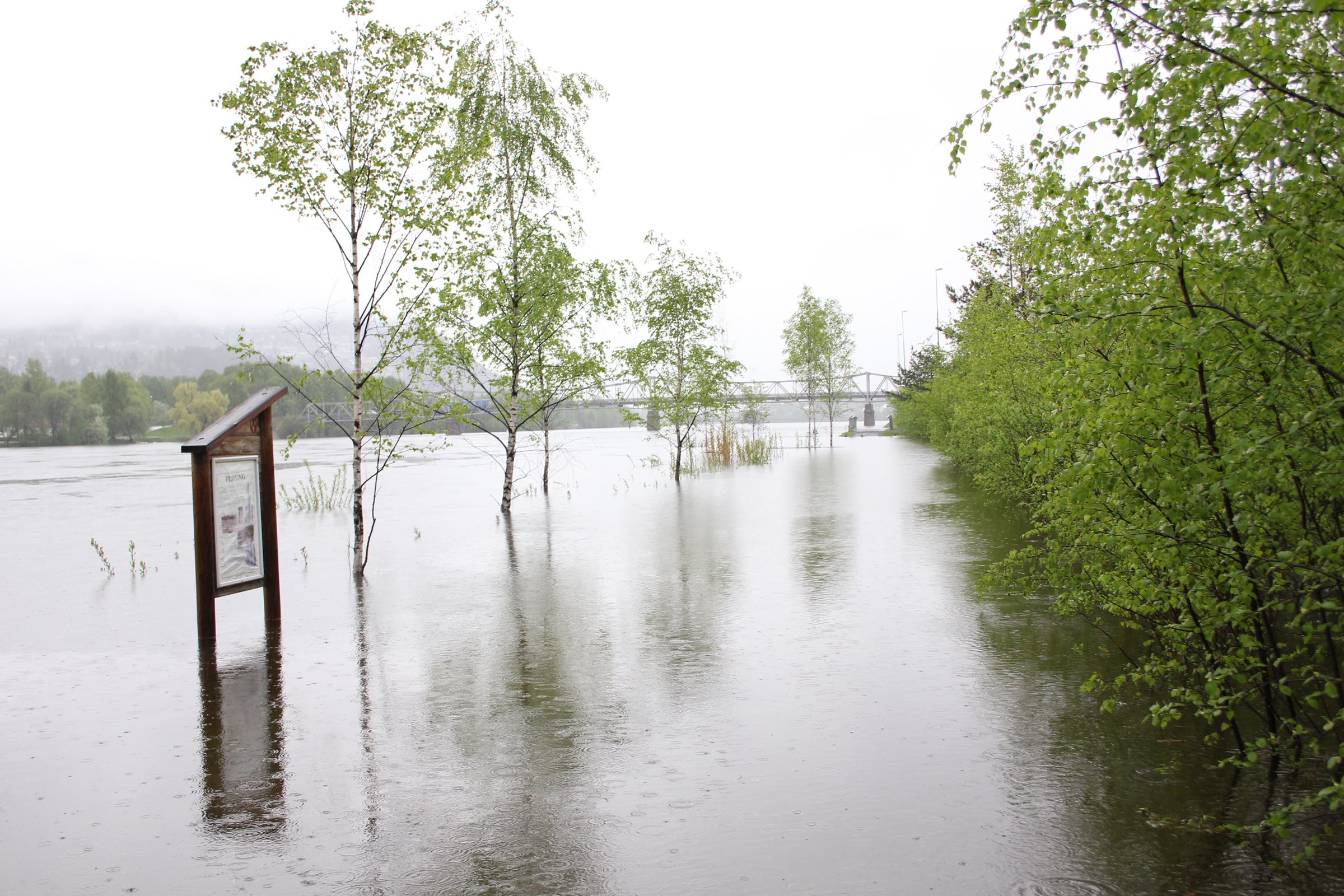Prevention of Natural Hazards in Norway

Norway is exposed to floods, wind, landslides and avalanches. With climate change, natural hazards will become more frequent.
Natural hazards constitute a major threat to life and health, critical infrastructure and critical societal functions. Thus, planning and decision-making must take into account the negative consequences of natural hazards and climate change.
Municipalities play a key role in the implementation of disaster risk reduction, as they are responsible for societal planning, including land-use planning and planning for critical infrastructure. The municipalities also have a coordinating role to enhance disaster prevention in planning across sectors, and they are responsible for local preparedness planning.
Two laws regulate the municipalities' role in this regard:
- The Civil Protection Act, including regulation for municipal preparedness
- The Planning and Building Act (including technical regulations for building and construction)
Civil Protection Act
According to the Civil Protection Act, municipalities play a key role in civil protection. The municipalities are responsible for developing safe and robust local communities, for protecting the population, and for helping to maintain vital societal functions. Municipalities should integrate civil protection as a part of day-to-day activities and follow a holistic approach for civil protection.
The basis for civil protection at municipal level is awareness and knowledge of risk and vulnerability through a holistic risk and vulnerability assessment. This will form the basis for the municipality’s targeted work on reducing risk and vulnerability through prevention, strengthened preparedness, and better emergency response capabilities.
The County Governors have delegated authority from DSB to carry out audits of the municipalities' implementation of the Civil Protection Act, and provide guidance and supervision. The County Governors also have a coordinating role for civil protection in their own region.
Planning and Building Act
According to the Planning and Building Act, safety is a general provision in all planning. In connection with land-use planning, risk and vulnerability assessments is mandatory. The Planning and Building Act enables the definition of zones that require special attention due to risk. The technical regulations for building and construction (TEK17) provide safety standards for floods and landslides. In addition, DSB has published guidelines for how to deal with sea level rise and storm surges in local planning.
Babel Fish Data platform (Kunnskapsbanken)
In 2020, DSB launched the national data platform Babel Fish (Kunnskapsbanken), a new digital tool for knowledge based planning and decision-making. This data platform compiles data from various databases on natural hazards, disaster loss, critical societal functions etc. and makes them available for use in risk and vulnerability assessments and local planning. (Available in Norwegian only).